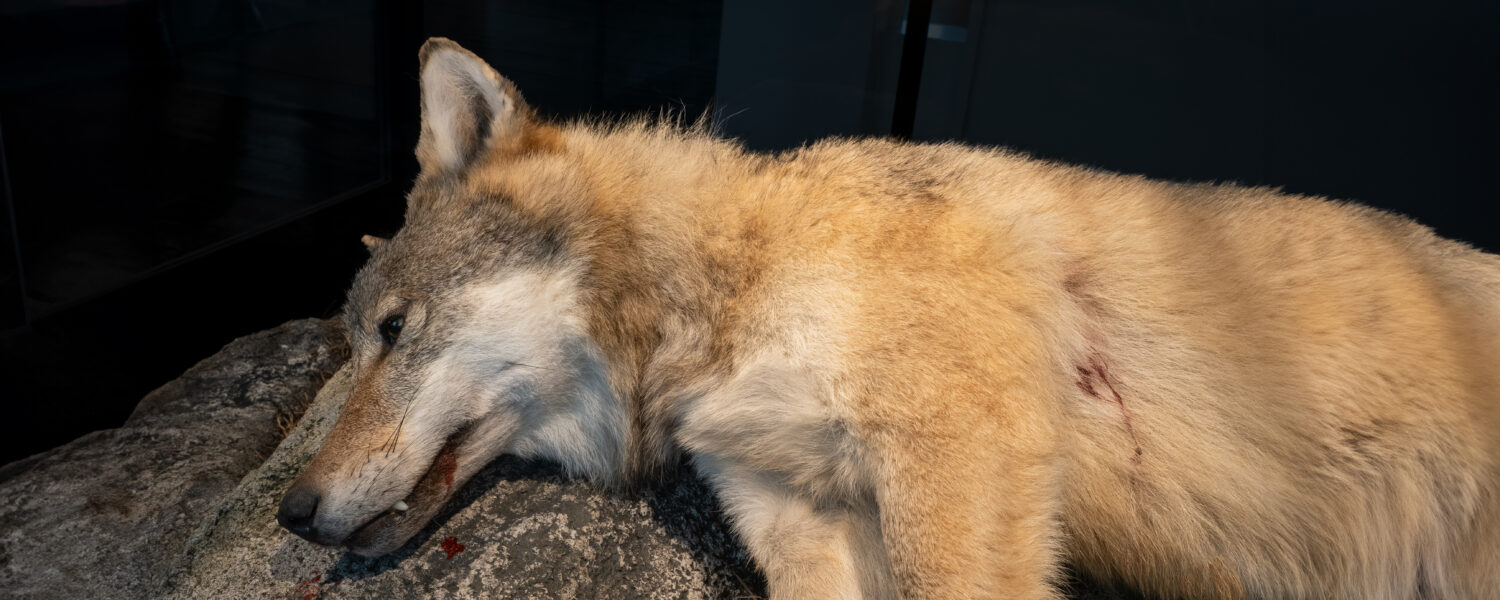Our Nature?
An exhibition on the biodiversity of Rogaland
What is the name of the black bird in the garden? What is a red admiral? Are there otters in Rogaland? With research, knowledge, humor, and play, we aim to inspire you to ask questions and learn more about the local nature and its biodiversity. It is only through understanding what we have that we become aware of what we might lose.
Large predators not welcome
The nature in Rogaland is very exciting! The varied landscape, from the mountains of Western Norway to the coastal archipelagos of Southern Norway, give rise to many types of habitats and a rich diversity of species.
Rogaland county has a lot of industry and one of the highest population densities in the country. As the society develops and the need for natural resources increases, nature becomes more fragmented. As a result, the ecosystems in the region are very manipulated, and there is a need for conservation to retain ecosystem function. Not allowing large predators in Rogaland may, for example, lead to an increase in prey, medium sized predators such as red foxes and diseases and parasites.
Help the nature!
Do we need nature? Does nature need us? Come to the museum and explore the nature that surrounds us. Be inspired to go out and experience it yourself. Together we can make a difference. There are biological treasures to be found in the fjord, on the mountain, or even under the garbage bin in your own backyard.
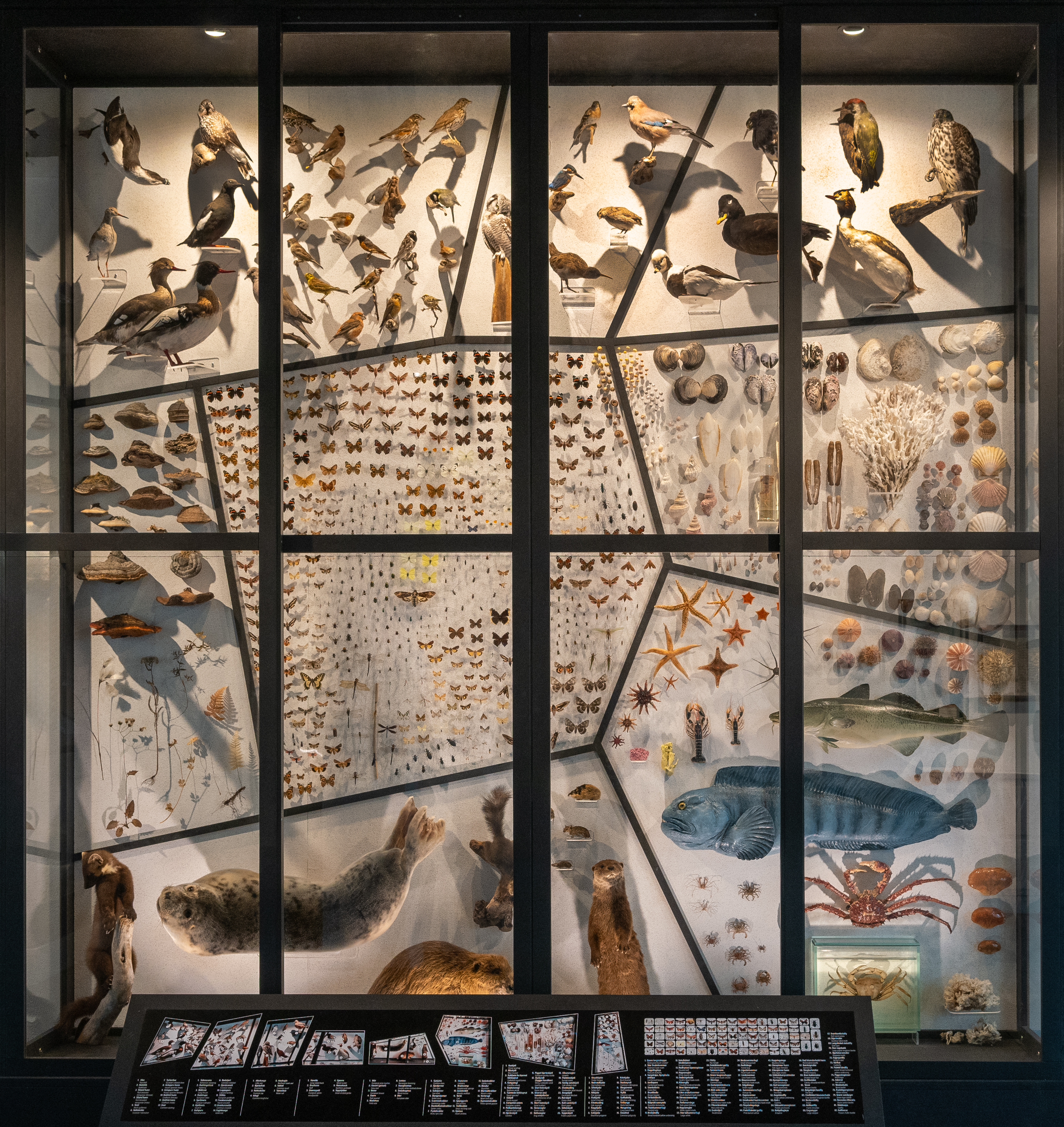
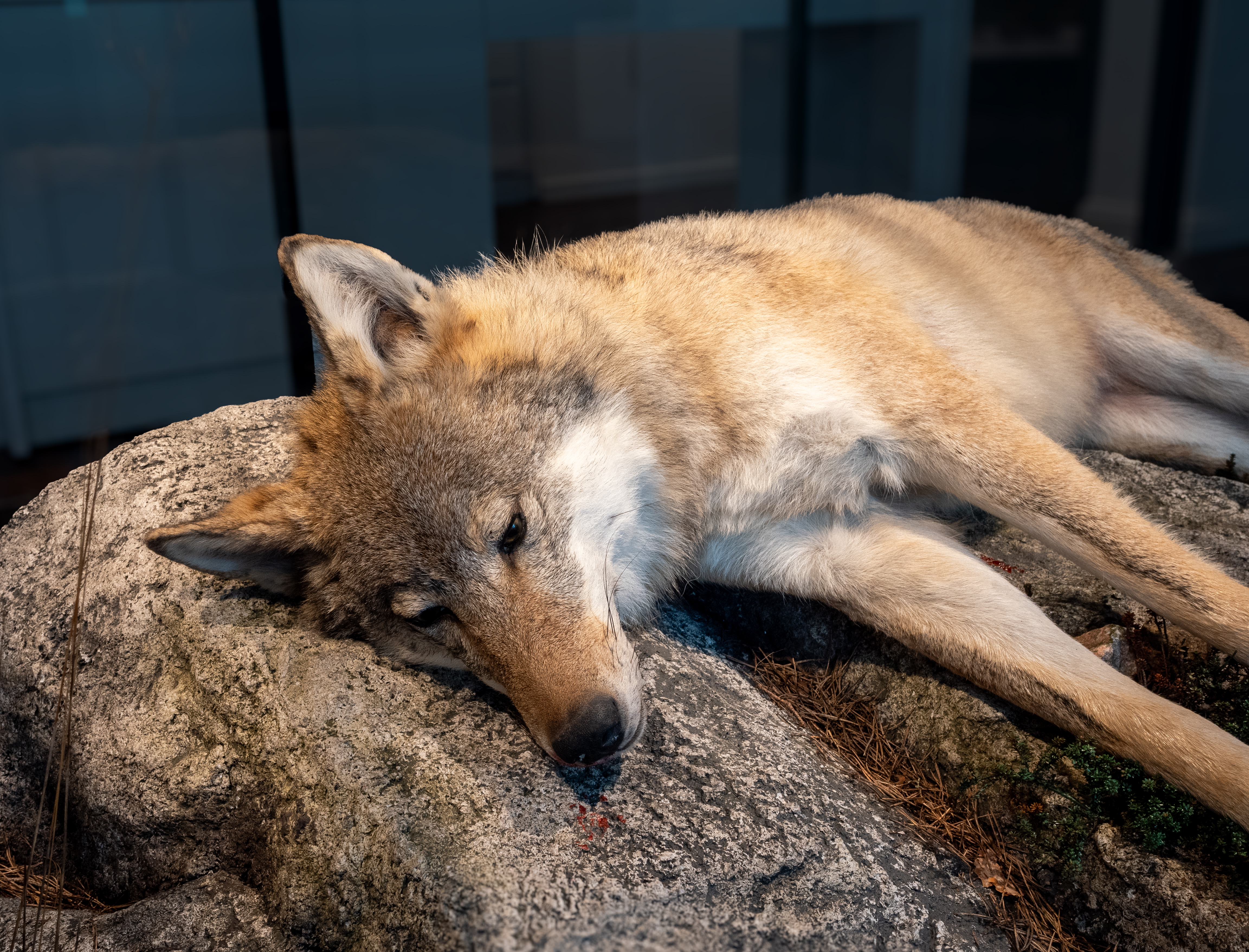
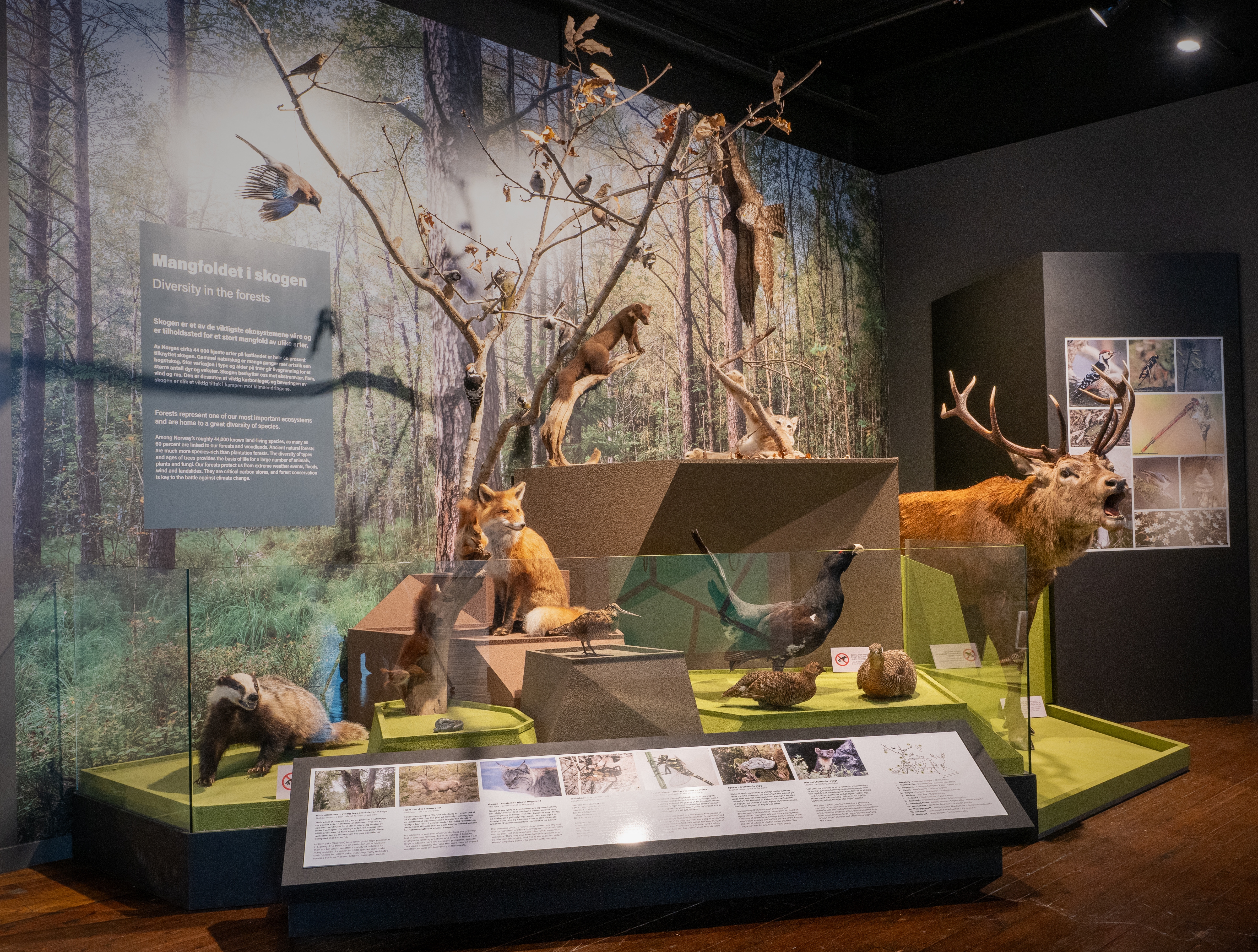
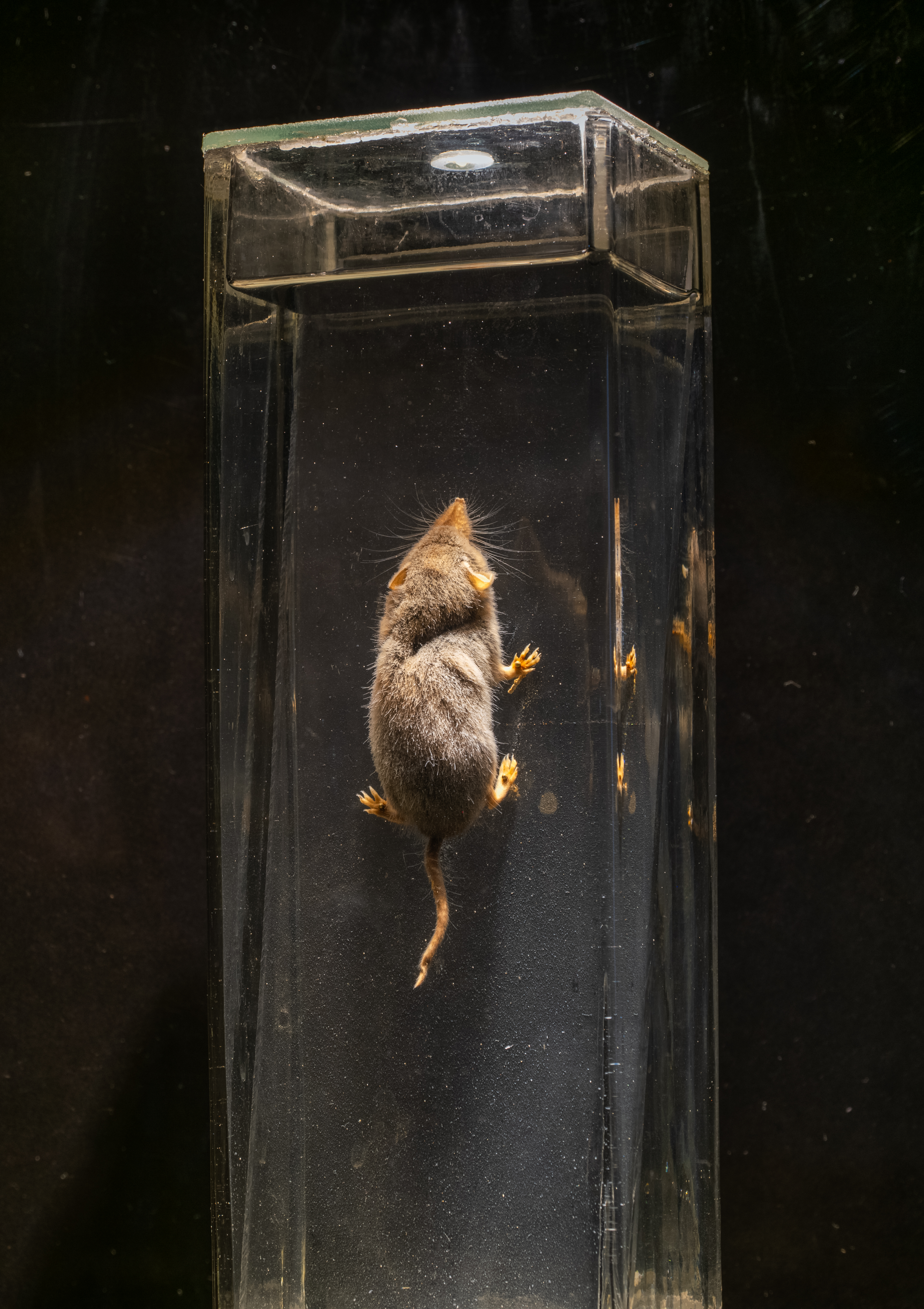
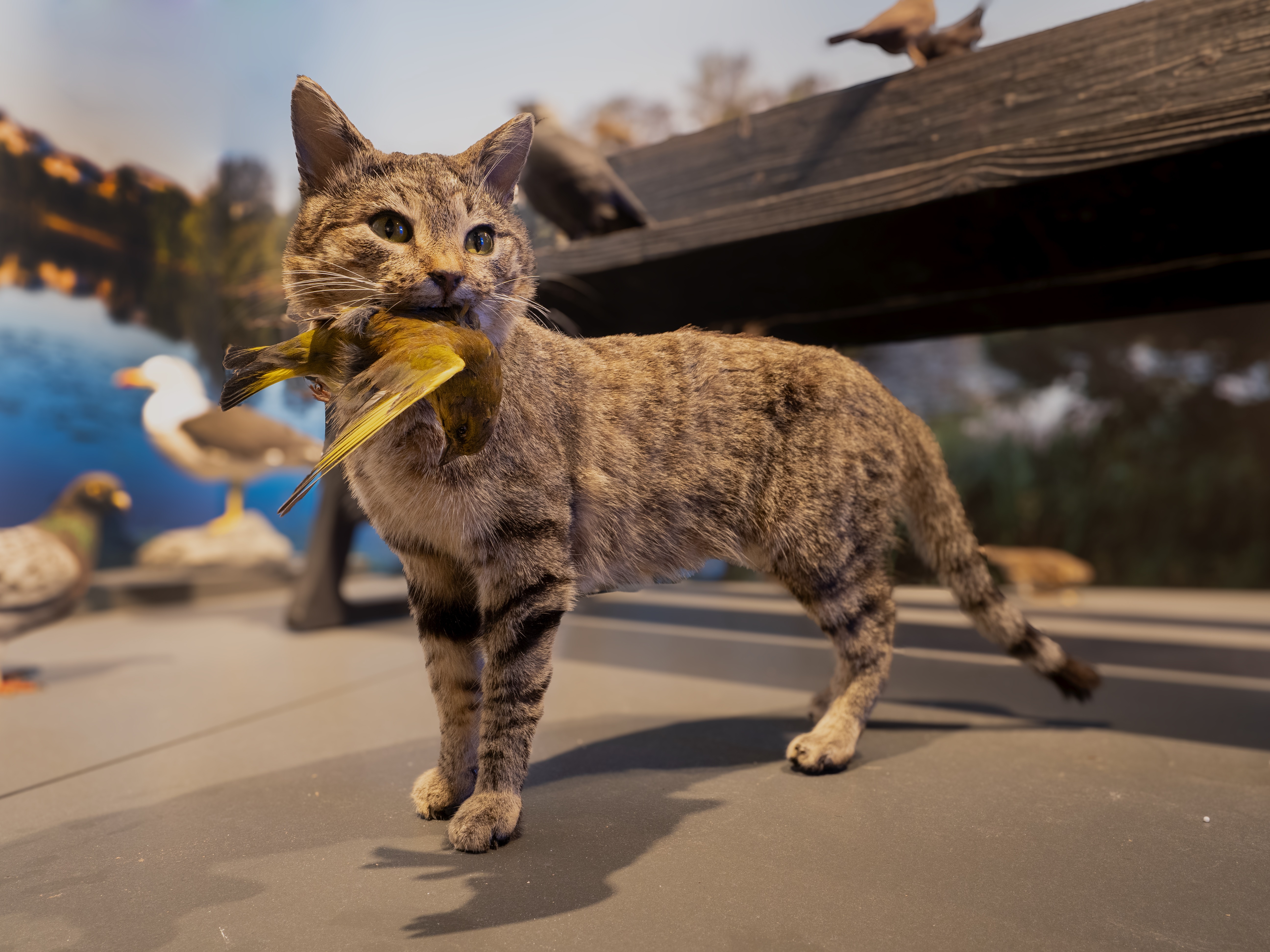
Thanks to
The exhibition "Our Nature?" is realized with support from the Ministry of Culture and Equality, the city of Stavanger on the occasion of Stavanger's 900th anniversary in 2025, Forus Business Park, and Sparebankstiftelsen SR-Bank.
Design: Expology.
